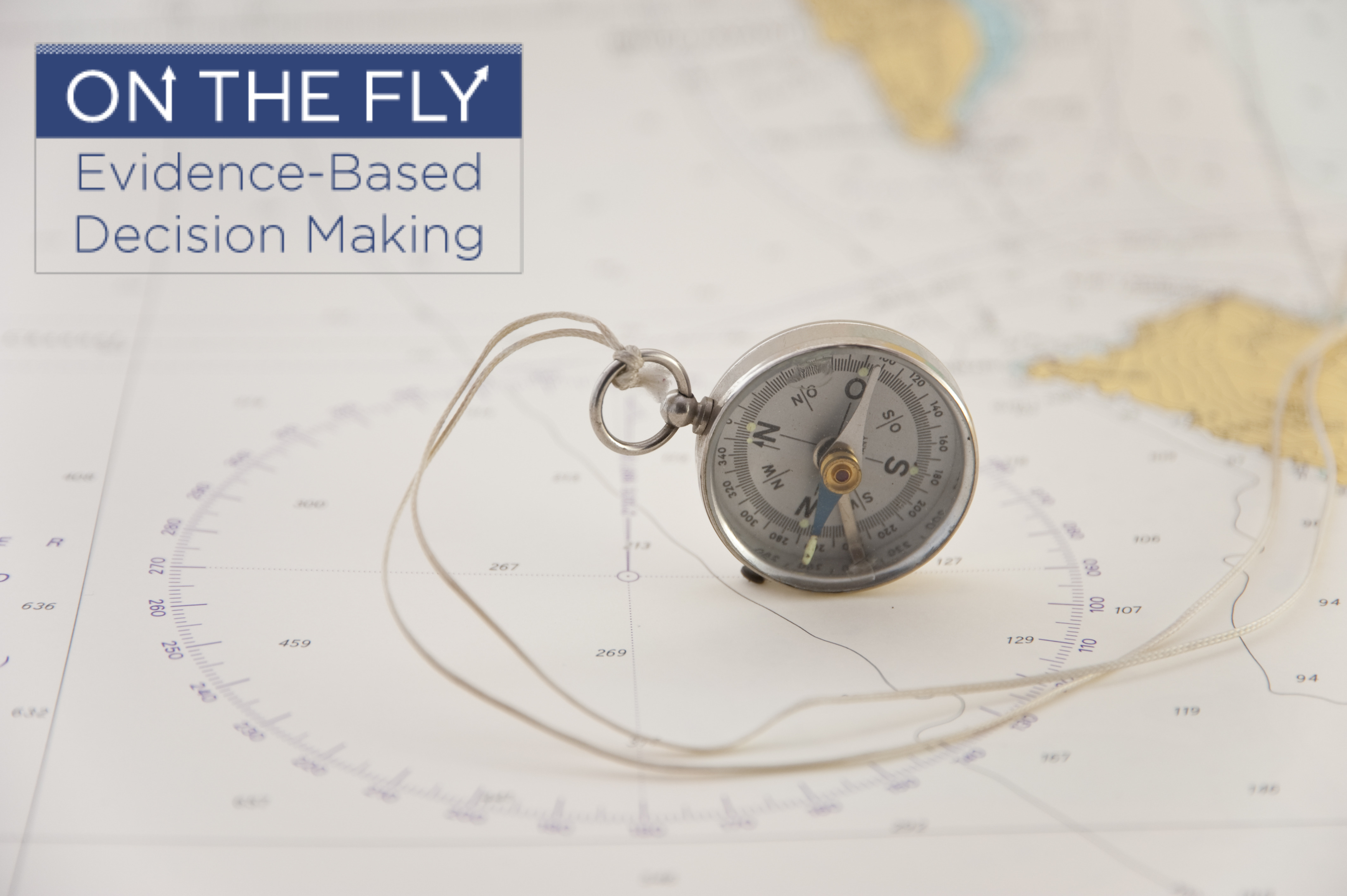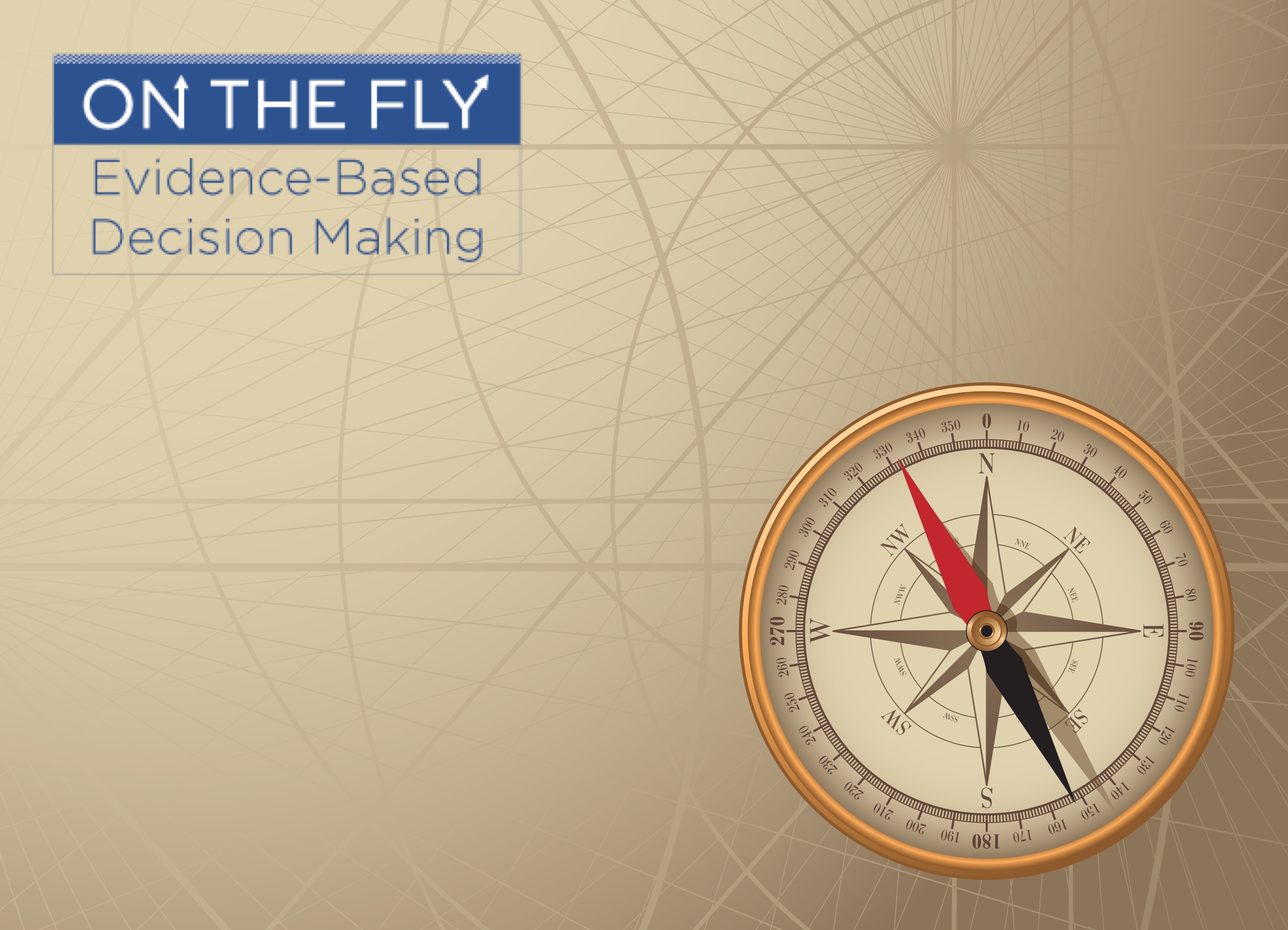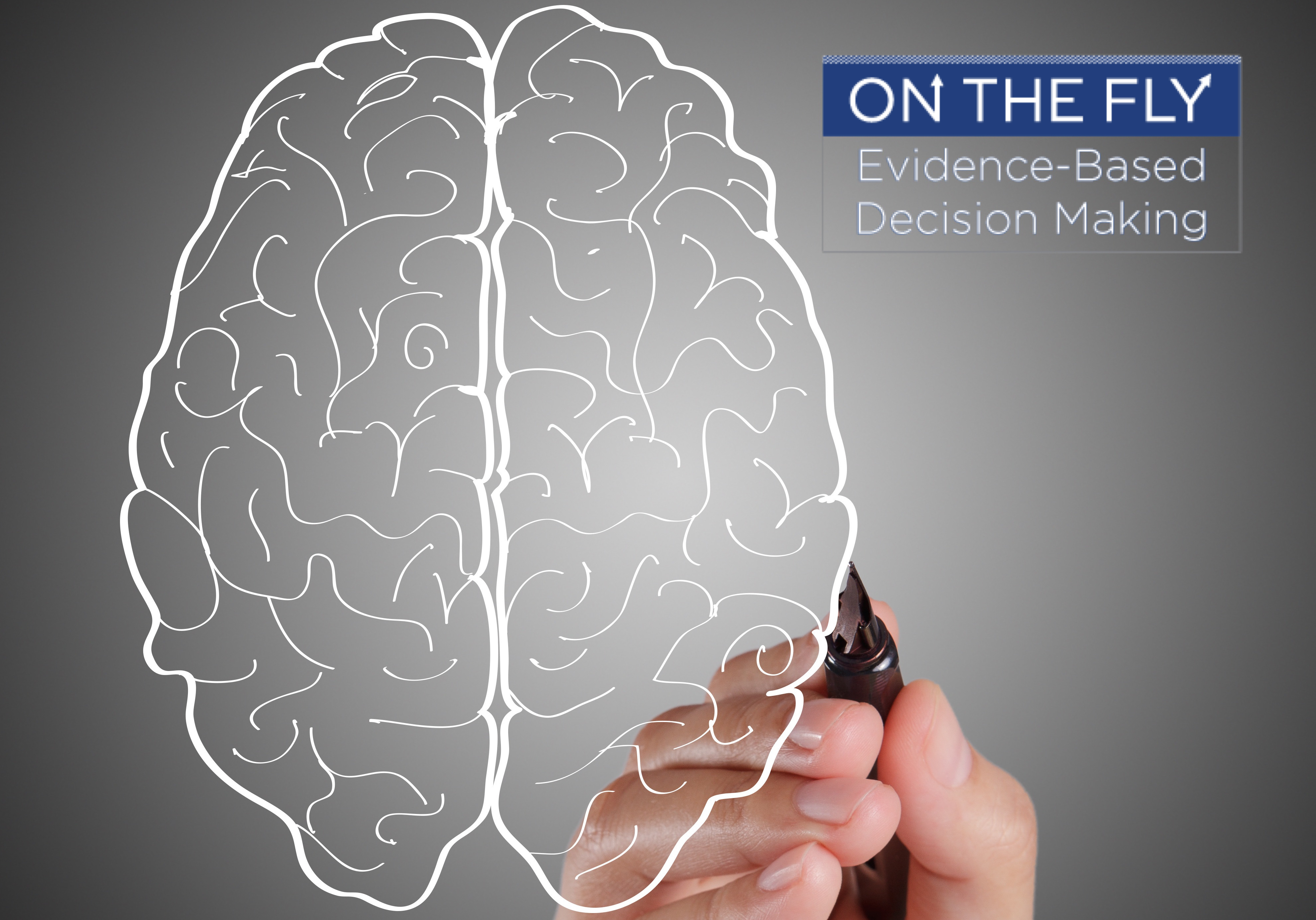Evidence-based policy. Evidence-based research. Evidence-based practice. Evidence-based management.
Chances are, you’ve come across at least one of these terms, and you’re aware that the Age of Evidence is upon us. Decisions must be grounded in evidence in order to be valid and effective. Facts are in. Intuition, habit, and tradition are out.
As evaluators, we’re big fans of evidence, and we applaud the notion of systematically using the stuff to make good decisions. In fact, our mission at TrueBearing is to help our clients do just that: implement evidence-based decision making (EBDM). We’re thrilled to see a growing mountain of studies that carefully document the value of EBDM– this is the kind of thing that makes an evaluator’s heart race! But the EBDM term also gets thrown around a lot, with some questionable arguments about what EBDM is, how it can (and should) be used – and frankly, some of what we’ve heard doesn’t do it justice.
You see, EBDM is a powerful tool for those who want to increase the reliability and effectiveness of their decisions. But like any powerful tool, it must be carefully understood and skillfully used. EBDM is brimming with so much potential that we’re compelled to weigh in. That’s where this series comes in. In Evidence-Based Decision Making On The Fly, we’ll show you what EBDM is really all about – and then take you a step further, giving you the know-how and tools to start putting EBDM to work for your organization.
EBDM On The Fly is designed to give you a practical overview of EBDM that you can put to use immediately. We’ll give you our take on some of the concepts, strategies and practical tools necessary to successfully apply EBDM principles in your workplace—on the fly.
Part One starts with answers to three key questions that are more complex than they seem:
- What is evidence?
- What constitutes a decision?
- What role does evidence play in optimal decision making?
Then, Part Two is where the rubber meets the road – with our online Decisional Strengths Inventory tool that will give you a sense of your own decision making style and preferences, all benched by results from other leaders like yourself. Armed with this information, Part Two applies EBDM techniques to your own practice as a leader.
So, if you want to make better decisions for your organization, read on!
This is the first post in our Evidence-Based Decision Making On the Fly series.







Leave A Comment